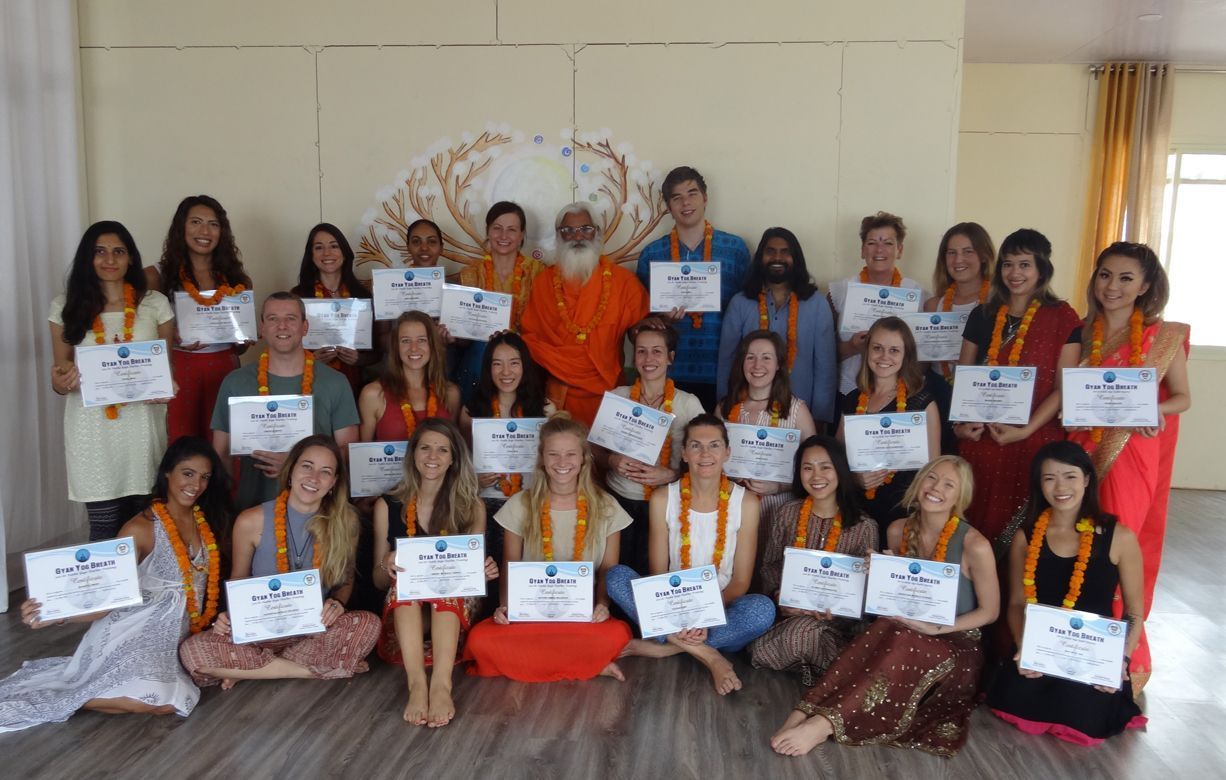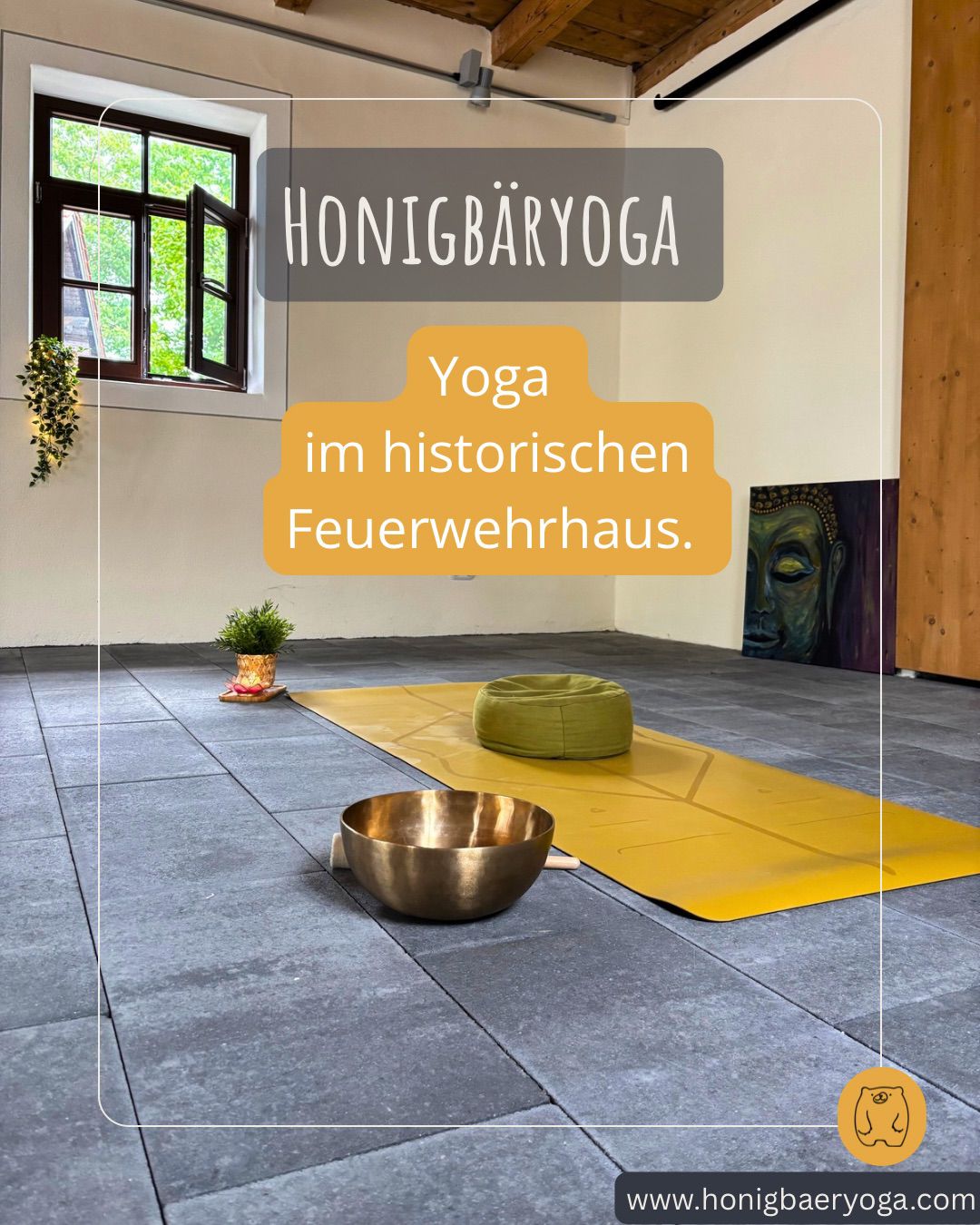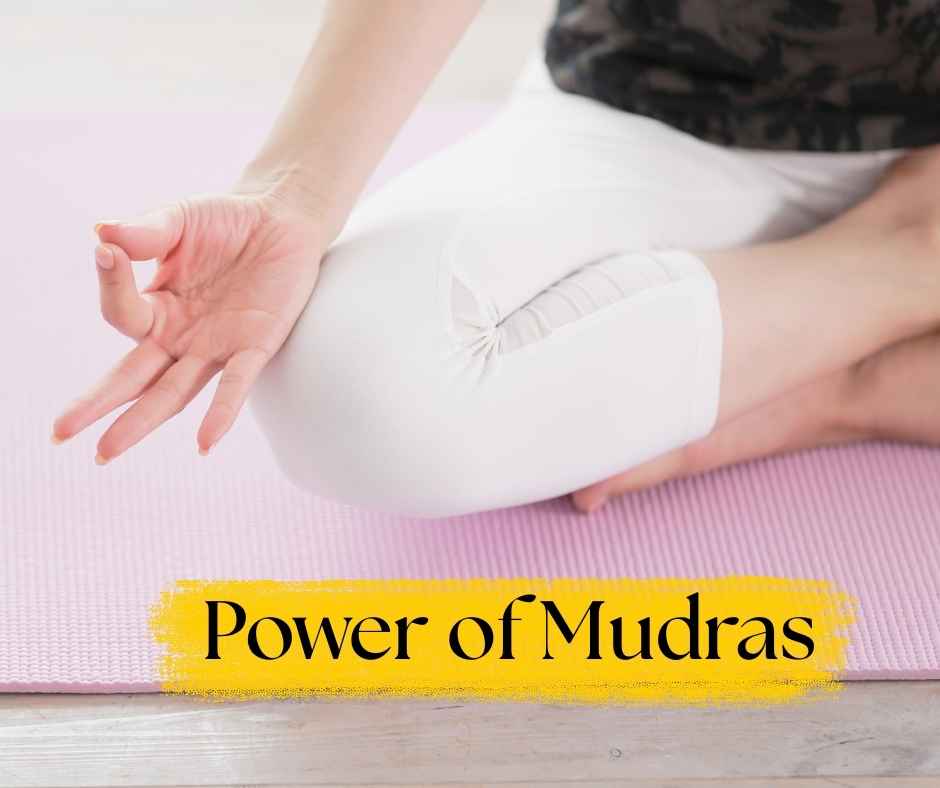Vrischikasana (Scorpion Pose) is an advanced asana. In Sankrit, Vrischika means Scorpion. In order to sting its victim, the scorpion arches its tail above its back and then strikes beyond its head. This asana resembles a striking scorpion.
Always remember to practice this posture near a wall until you have perfected the pose.
The spiritual focus of this posture is on Ajna chakra.

How to do Vrischikasana (Scorpion Pose)
- Assume the final position of Shirshasana
- Relax your whole body, bend the knees and arch the back
- Separate your lower arms so that they lie parallel with each other, have your palms flat on the floor
- Transfer the weight onto your forearms and maintain the balance
- Lower the feet towards the head
- Raise the head backward and upward
- Raise your upper arms so that they are vertical
- The heels should rest on the crown of the head in the final pose
- Relax your whole body
- Stay in this position as long as you feel comfortable
- Release into Shirshasana and lower your legs
You should practice Vrischikasana at the end of your asana session. Follow with a forward bending posture as counter-pose.
Benefits of Vrischikasana (Scorpion Pose)
- Arrests the physical aging process
- Improves the blood flow to the brain and pituitary gland
- Revitalizes all body systems
- Improves circulation in the lower limbs and abdomen
- Tones the reproductive organs
- Stretches and loosens the back
- Tones nerves and spine
- Strengthens the arms
- Develops a Sense of Balance
Contra-indications:
This asana should not be practiced by people with high blood pressure, vertigo, cerebral thrombosis, chronic catarrh, or heart disease. It should be avoided in pregnancy as well.
Important Note:
Anyone who begins to practice yoga should be aware that a general warm is required to prepare the body and remove subtle energy blocks. In traditional hatha yoga, the warm-up is called Pawanmuktasana. It translated as Energy Releasing Postures that avoid cartilage depletion and common injuries. So, as you practice yoga, keep in mind to include at least 10 minutes of simple rotations of the toes, ankles, knees, hips, shoulders, elbows, wrists, and neck.
Rooted and experienced teachers recommend that you do your warm from the toes to the head (downs to up). Why? Because this way, you can remove Vata (air) from your joints and body. This is especially helpful if you sit a lot, work an office job, or had some injuries in the past.
Yoga Asana Practice at Gyan Yog Breath
Our Gyan Yog Breath Team publishes weekly asana tutorials for you to help you get into the right practice and understand about various benefits and contra-indications of postures.
Sometimes, reading about practice can awaken questions and the desire to learn yoga on a much deeper level.
Therefore, we have established three Yoga Alliance registered Yoga Teacher Training in India Programs that aim to guide you into advanced and higher levels of yoga.
Yoga Teacher Training Course Details
The following Programs take place on the first of every month in Rishikesh, India.
- 200 Hour Yoga Teacher Training in India
The 200 Hour Yoga Teacher Training at Gyan Yog Breath will be a transformational and enriching experience for yoga beginners. Participants learn how to convert their practice and knowledge about yoga into deeper spheres and teach yoga on an international level. Read more - 300 Hour Yoga Teacher Training in India
The 300 Hour Yoga Teacher Training at Gyan Yog Breath guides new yoga teachers into confident and diverse teaching techniques and methodologies. Through practical and theoretical course modules, the RYS200 can elevate his or her practice and understanding to the next level. Read more - 500 Hour Yoga Teacher Training in India
The 500 Hour Yoga Teacher Training at Gyan Yog Breath offers a complex 8-week course content. Yoga practitioners who feel ready to begin their yogic journey towards teaching are welcome to benefit from this comprehensive program. Read more








10 Responses
Hi Gyan Yog Beath Team, I loved my 200 hour yoga teacher Training in india with you. i learnt so much about myself and cannot put into words how fruitful my yoga time in india has been. your 200 hour yoga teacher Training in india has shaped me into a new person. Now, back at home I am feeling a big transformation
what i liked most about my 200 hour yoga teacher Training in india was that it included so many aspects of yoga: asana, pranayama, Meditation, philosophy, alignemnt, anatomy and much more. I hope i can visit your School again some time.
Kind regards
Sabrina
Hello Sabrina,
thank you for commenting on our blog and sharing your opinion about our 200 hour yoga teacher Training in india. we are glad you like it and learnt well. Such a 200 hour yoga teacher Training in India can be very transfromaional and enriching. We are happy to hear that you enjoyed the various curse modules.
Thanks for joining our 200 hour yoga teacher Training in india!
Love and Light,
Your Gyan Yog Breath Team
i like your information that is very use for learn yoga. i hope will be next year i learn yoga teacher training in india in your place.
Dear Kati,
thanks for you comment. We are glad you find our posts helpful! If you are interested to join a Yoga Teacher Training in India, please let us know which month you want to visit us. We would be happy to have you stay with us and join our Yoga Teacher Training in India!
Warm regards,
Your Gyan Yog Breath Team
I just arrived back home after an incredible Yoga Teacher Training in India with you. Dear Gyan Yog Breath Team, thank you for sharing your knowledge, peace and compassion with me. My Yoga Teacher Training in India has been the most life enriching experience ever.
Keep on spreading your lights!
John
Namaste John,
we are very happy that you liked your Yoga Teacher Training in India with us! It was a pleasure to have you here. We wish you a happy and healthy New Year and all the best for your yogic journey! Come back to visit us some time! Or maybe even join our Advanced Yoga Teacher Training in India next year 🙂
Love and Light
Your Gyan Yog Breath Team
Hey there
Thanks for sharing these asana guides every week. I find them very good to understand and follow!
Namaste Lyn, we are glad to hear that you like our asana posts! We will Keep on posting them!
Your Gyan Yog Breath Team
Can i join your 200 hour Yoga Teacher Training India in March this year?
I want to learn emotional blockage treatment and hatha yoga.
I already sent an email regarding the Yoga Teacher Training India…. See you soon hopefully!!
Namaste Philip,You are very welcome to join our 200 hour yoga teacher Training india this March and learn yoga & emotional blockage Treatment.
Our Yoga Teacher Training will start on the first of March at 11am. We already sent you all Infos about check in /out via email, have a look 🙂
Love and Light,
Your Gyan Yog Breath Team